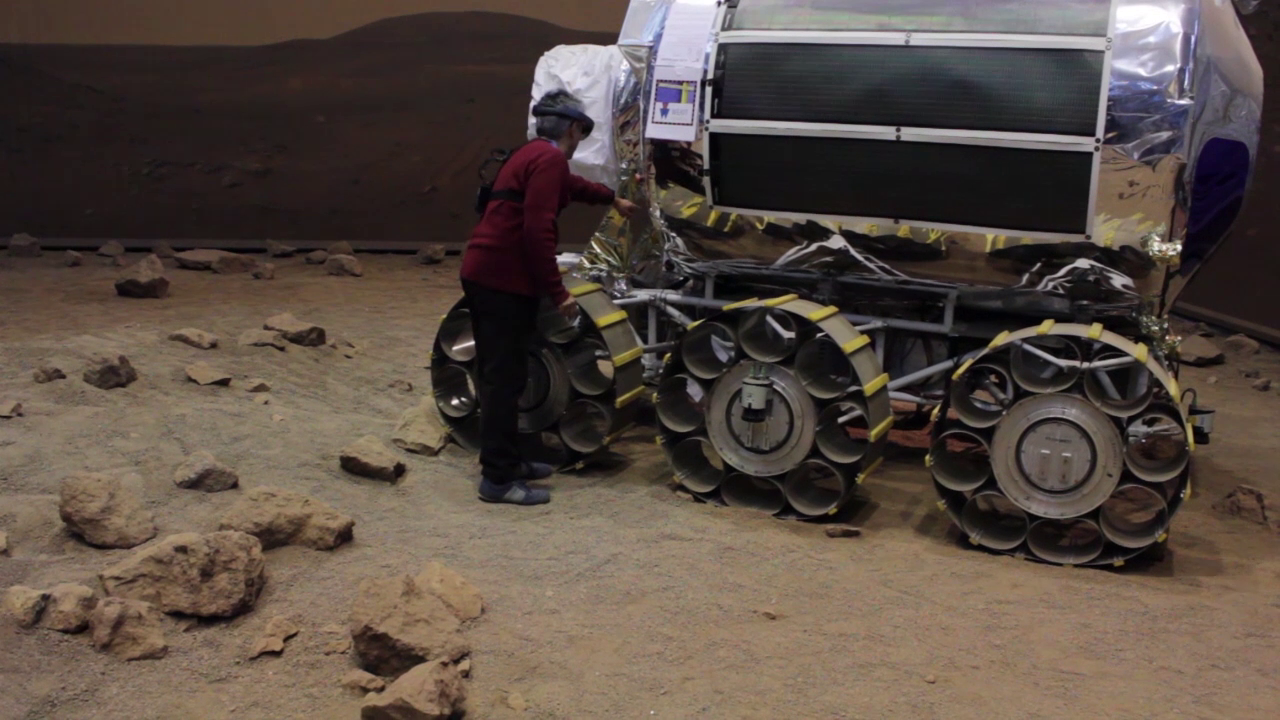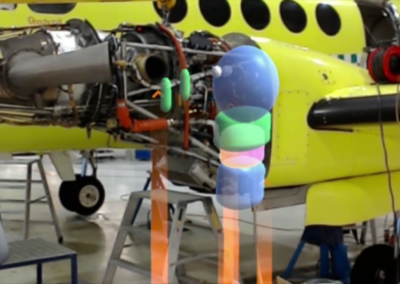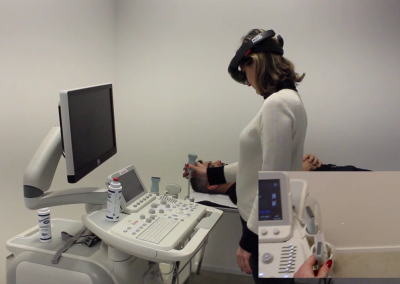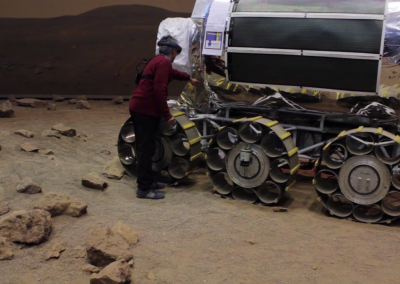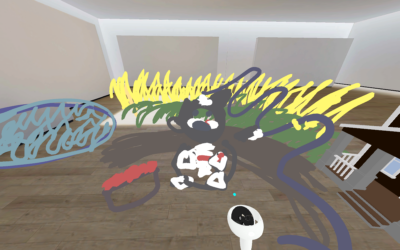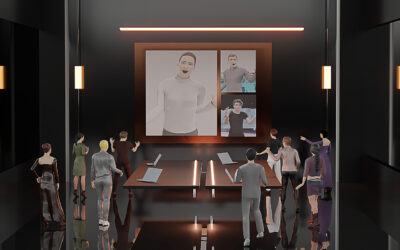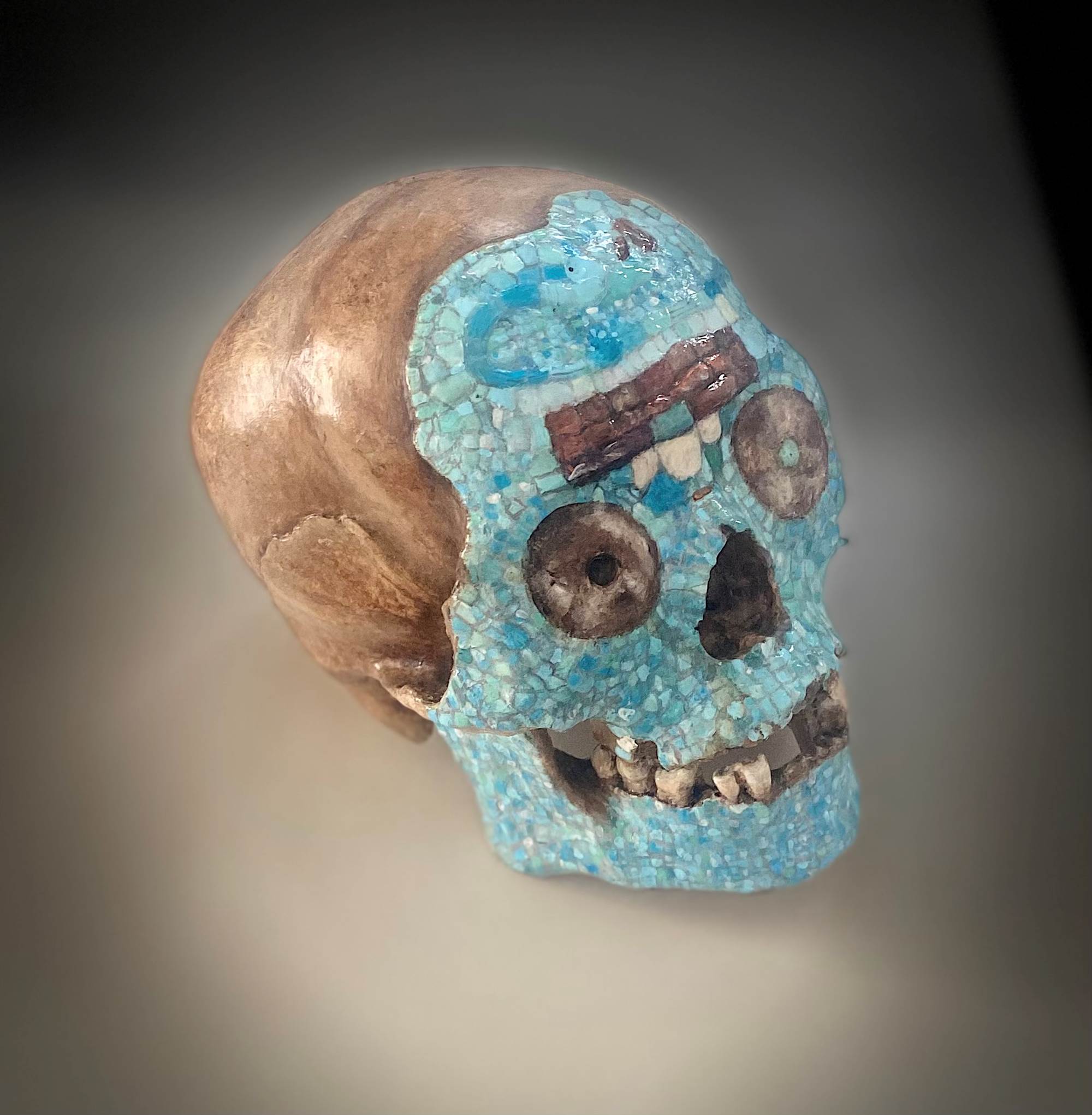Perhaps the well known augmented reality (AR) game “Pokemon Go” will soon be rebranded as “Pokemon Went”, which can be attributed to COVID-19 as much as its stagnant gameplay. People will always, however, reminisce about it as the game that “successfully encouraged” everyone to go outside. This game was arguably the most widely successful implementation of AR in 2016, ever since the term “Augmented Reality (AR)” was first coined by Caudell in 1992 and defined by Azuma in 1997. It is indeed a testament to the potential of AR as a persuasive technology. But are there any benefits of AR in education?
Educational technology researchers have been trying to harvest the potential of AR in education ever since Ivan Sutherland developed the first head-mounted AR display to demonstrate the kinetic depth effect for three-dimensional objects in 1968 [1]. This prototype simply displayed a 3D wire cube in the user’s visual space. Today, the technology has vastly evolved along with other umbrella technologies such as sensors and AI, allowing the development of highly sophisticated AR systems. However, evidence of the benefits of AR in education in terms of learning gains is yet to be substantiated.
Training complex skills with augmented reality
Numerous works have previously highlighted the potential benefits of AR in education [2, 3, 4]. Many of these reviews suggest that the use of AR technologies can increase learning gains, and rightly so. Besides providing a host of technological affordances for supporting learning, AR as an abstract medium also supports many pedagogical approaches for teaching. Prominent researchers have argued that the most tangible benefits of AR, also in terms of learning gains, can be seen in authentic/situated learning [5] because AR blends in physical and virtual worlds, allowing learning in the real world. While Garzón et.al. [6] in his review of applications of AR in education only found a medium effect in learning gains, he accentuates the lack of application of AR in vocational education, resonating with Bacca et.al. [7] who had also stressed the issue in 2014. Both specify two common factors behind these phenomena. First, in most AR systems, teachers cannot easily create learning contents which, understandably, generates resistance. Secondly, most AR systems are difficult to develop, use, and are created for a specific context which further obstructs the widespread adoption of AR in education. My thesis ”Multimodal interaction for deliberate practice: Training complex skills with augmented reality” addresses these two issues.
Figure 1: Domains of WEKIT
The research conducted in the thesis was done in the context of the WEKIT project. The project developed WEKIT.One, an AR prototype for training in three domains (see Figure 1), namely aircraft maintenance, ultrasound investigation training for medical students and astronaut training. The prototype was designed as an authoring tool for the trainers to record their demonstration and relevant data, thus creating expert models which the students could learn from. In addition, the prototype provided just-in-time guidance and feedback to the students, which simply means to provide students with the information they require to do the task precisely when they need it, using the expert model. This prototype enables teachers in various domains to create learning content with ease, thus addressing the issues mentioned above. The evaluation of the captured expert models by other domain experts showed that the prototype was indeed capable of capturing expert models that are fit for learning.
Outcome
Despite promising results in regards to the capture of expert models, there was no significant difference in learning gains between the students who learnt using the WEKIT.One prototype compared to the students who learnt using a printed manual. This finding, however, should be taken with a grain of salt as it is difficult to assess learning with a short cross-sectional study. Garzón et.al. [5] in his meta-analysis found that the optimal duration of AR-based interventions for significant learning gain should be between 1-4 weeks. Bacca et.al [7] also suggests longitudinal studies for assessing learning using AR. This would suggest that there are benefits of AR in education.
Moreover, the prototype is designed with the ”Instructional design for AR (ID4AR)” framework which is suited for curriculum-based learning design. Testing students immediately after a single, short lesson cannot capture the long term effect of curriculum design on student’s learning. Nonetheless, since ID4AR framework adopts principles of cognitive load theory, prototypes implementing this framework should not demand high cognitive loads from learners. Such AR applications have been shown to have the largest positive effect on learning gains [5] highlighting the potential of using this framework in practice.
The thesis sheds light on the importance of theory-informed design with the WEKIT.One prototype. Further work is required to implement and test it in practice, in an equally theory-informed manner. Measuring a complex phenomenon such as learning is of course complicated and quantifying the true effect of AR on learning gains is equally challenging. One thing is certain: pedagogy needs to be central both in the design and implementation of interventions using AR in education as well as in the objective measurement of its effectiveness.
 Bibeg Limbu is an Educational Technology researcher at the TU Delft and the Centre for Education and Learning, which is part of the Leiden-Delft-Erasmus strategic alliance. He is a PhD candidate in technology-enhanced learning at the Open Universiteit Nederland. He received his BSc in Games Technology and MSc in Educational technology and has been working with multimodal interaction, mixed reality and sensor-based learning for complex skills development. He has been investigating theoretical design implications of technological affordances in perceptual Psychomotor skills domains. He has been involved in several European projects such as WEKIT and SafePAT. His prototype built in the context of his PhD won first place in ASLERD Design Contest, 2018 on “People Centred Smart Learning Ecosystems”.
Bibeg Limbu is an Educational Technology researcher at the TU Delft and the Centre for Education and Learning, which is part of the Leiden-Delft-Erasmus strategic alliance. He is a PhD candidate in technology-enhanced learning at the Open Universiteit Nederland. He received his BSc in Games Technology and MSc in Educational technology and has been working with multimodal interaction, mixed reality and sensor-based learning for complex skills development. He has been investigating theoretical design implications of technological affordances in perceptual Psychomotor skills domains. He has been involved in several European projects such as WEKIT and SafePAT. His prototype built in the context of his PhD won first place in ASLERD Design Contest, 2018 on “People Centred Smart Learning Ecosystems”.
References
[1] Ivan E. Sutherland. 1968. A head-mounted three dimensional display. In Proceedings of the December 9-11, 1968, Fall Joint Computer Conference, Part I (AFIPS ’68 (Fall, part I)). Association for Computing Machinery, San Francisco, California, 757–764. isbn: 9781450378994. doi: 10.1145/ 1476589.1476686. https://doi.org/10.1145/1476589.1476686.
[2] Iulian Radu. 2014. Augmented reality in education: a meta-review and cross-media analysis. Personal and Ubiquitous Computing, 18, 6, 1533– 1543. issn: 1617-4917. doi: 10.1007/s00779-013-0747-y. https://doi.org/10.1007/s00779-013-0747-y.
[3] Murat Akçayır and Gökçe Akçayır. 2017. Advantages and challenges associated with augmented reality for education: a systematic review of the literature. Educational Research Review, 20, 1–11. issn: 1747-938X. doi: https://doi.org/10.1016/j.edurev.2016.11.002. http://www.sciencedirect.com/science/article/pii/S1747938X16300616.
[4] Hsin-Kai Wu, Silvia Wen-Yu Lee, Hsin-Yi Chang, and Jyh-Chong Liang. 2013. Current status, opportunities and challenges of augmented reality in education. Computers & Education, 62, 41–49. issn: 0360-1315. doi: https://doi.org/10.1016/j.compedu.2012.10.024. http://www.sciencedirect.com/science/article/pii/S0360131512002527.
[5] Juan Garzón, Kinshuk, Silvia Baldiris, Jaime Gutiérrez, and Juan Pavón. 2020. How do pedagogical approaches affect the impact of augmented reality on education? A meta-analysis and research synthesis. Educational Research Review, 31, 100334. issn: 1747-938X. doi: https://doi.org/10.1016/j.edurev.2020.100334. http://www.sciencedirect.com/science/article/pii/S1747938X19303525.
[6] Juan Garzón, Juan Pavón, and Silvia Baldiris. 2019. Systematic review and meta-analysis of augmented reality in educational settings. Virtual Reality, 23, 4, 447–459. issn: 1434-9957. doi: 10.1007/s10055-019-00379-9. https://doi.org/10.1007/s10055-019-00379-9.
[7] Jorge Bacca, Silvia Baldiris, Ramon Fabregat, Sabine Graf, and Kinshuk. 2014. Augmented reality trends in education: a systematic review of research and applications. Journal of Educational Technology & Society, 17, 4, 133–149. issn: 11763647, 14364522. http://www.jstor.org/stable/jeductechsoci.17.4.133.

